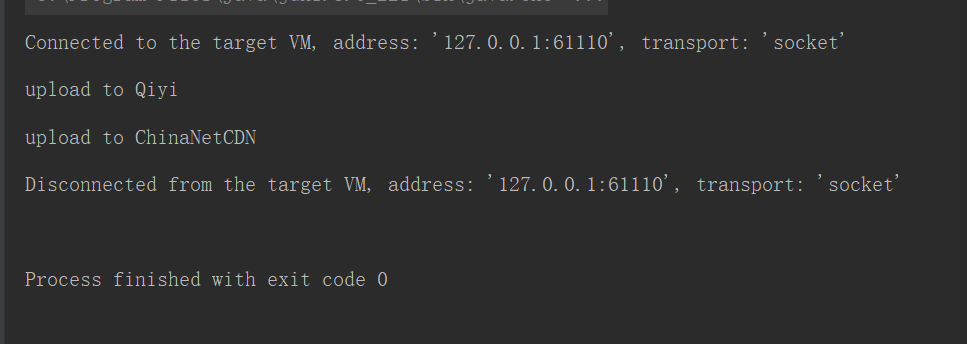Original address: Comparison between JDK's own SPI mechanism and Dubbo's SPI mechanism
1. JDK has its own SPI mechanism
(1) Introduction
The full name of SPI is Service Provider Interface, which is a service discovery mechanism. The essence of SPI is to configure the fully qualified name of the interface implementation class in the file, and the service loader reads the configuration file and loads the implementation class. This allows you to dynamically replace implementation classes for interfaces at run time. Because of this feature, we can provide extended functions for our program through SPI mechanism without changing the interface source code.
(2) Writing examples
After creating a maven project, define an interface first
Next, define two implementation classes
Create a text file under resource/META-INF/services. The file name is the fully qualified name of the interface: com.lzq.spidemo.service.UploadCDN, and write the following contents
Start writing test code

As you can see, all implementation classes will create new instances and call corresponding methods.
(3) ServiceLoader source code
The load function passes the class object of the class loader and interface of the current thread into the ServiceLoader object
After the ServiceLoader object is created, an internal iterator object lazyitterer is initialized
2.Dubbo's SPI mechanism
(1) Introduction
dubbo's spi is extended on the basis of jdk's spi. You can specify or an implementation class
(2) Instance
First define an interface LoadBalance, where @ SPI acts on the interface class to specify the default implementation class ID.
@Adaptive table name this method will be dynamically implemented by the agent.
Define two implementation classes
Create a text file under resource/META-INF/services. The file name is the fully qualified name of the interface:
com.lzq.dubbospidemo.service.LoadBalance, and write the following contents. Note that the writing method here is different from that of jdk, and the identification needs to be written in front
Start test
The test results are shown in the figure

3. Source code analysis
Let's take a look at the process of getting the ExtensionLoader
Let's take a look at the process of obtaining the concrete implementation class
The process of creating an instance is as follows:
The IOC here is implemented based on setter function injection dependency
4. Talk about the implementation of AOP
reference resources Blog
In the above source code implementation, the processing of wapper class is involved. dubbo implements wapper based on wapper class. It judges whether a class is wapper. In fact, it judges whether the class contains a constructor whose parameter type is SPI interface type
At the same time, in the above loop code, it can be seen that when there are multiple wappers, the instance object injected by each wapper is actually the previous wapper. The following is an example
-
Similarly, create an interface class AopService
-
Create two implementation classes
-
Create a wapper class to enhance the implementation class (AOP)
-
Two wapper s need to be added to the configuration file
-
Test
